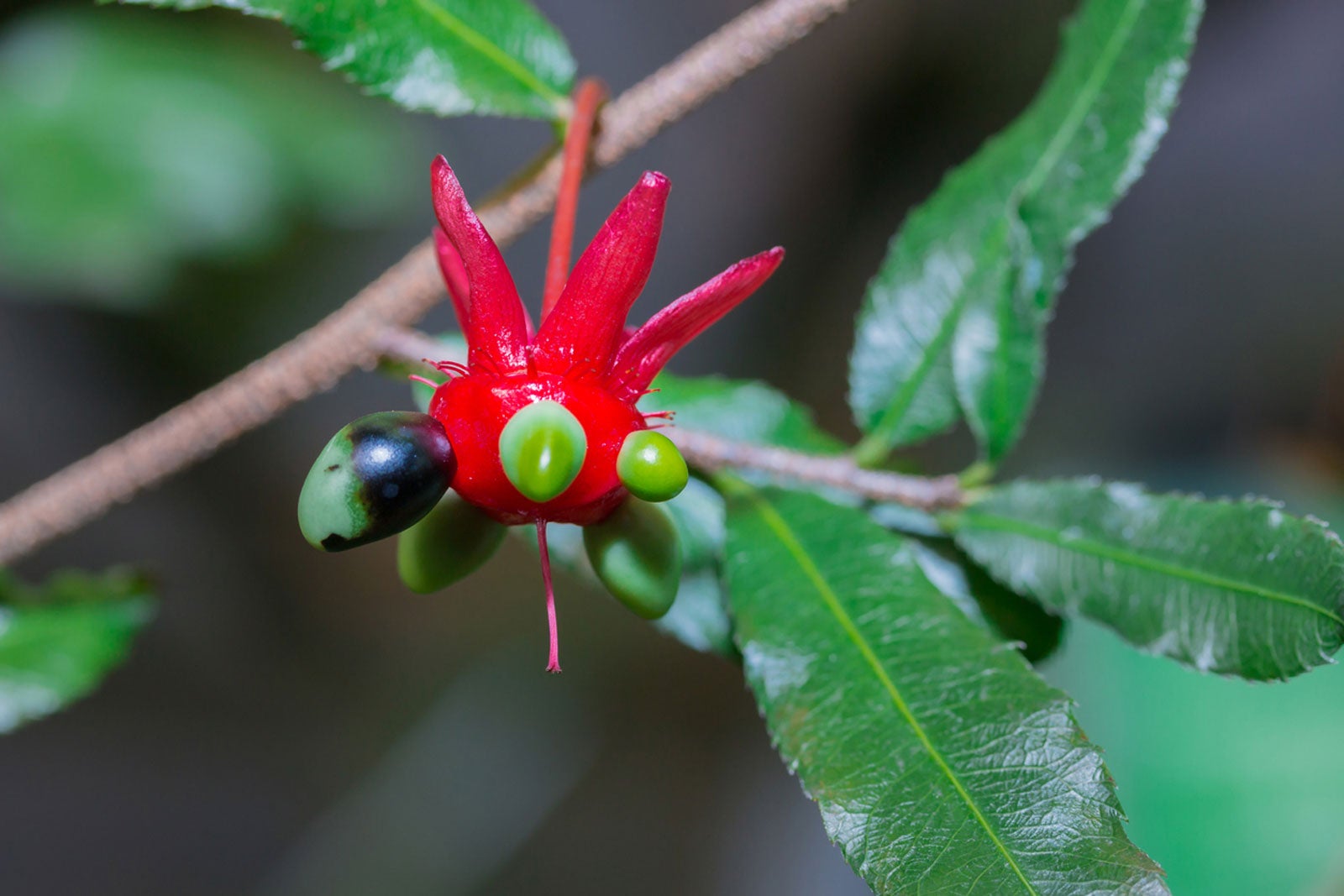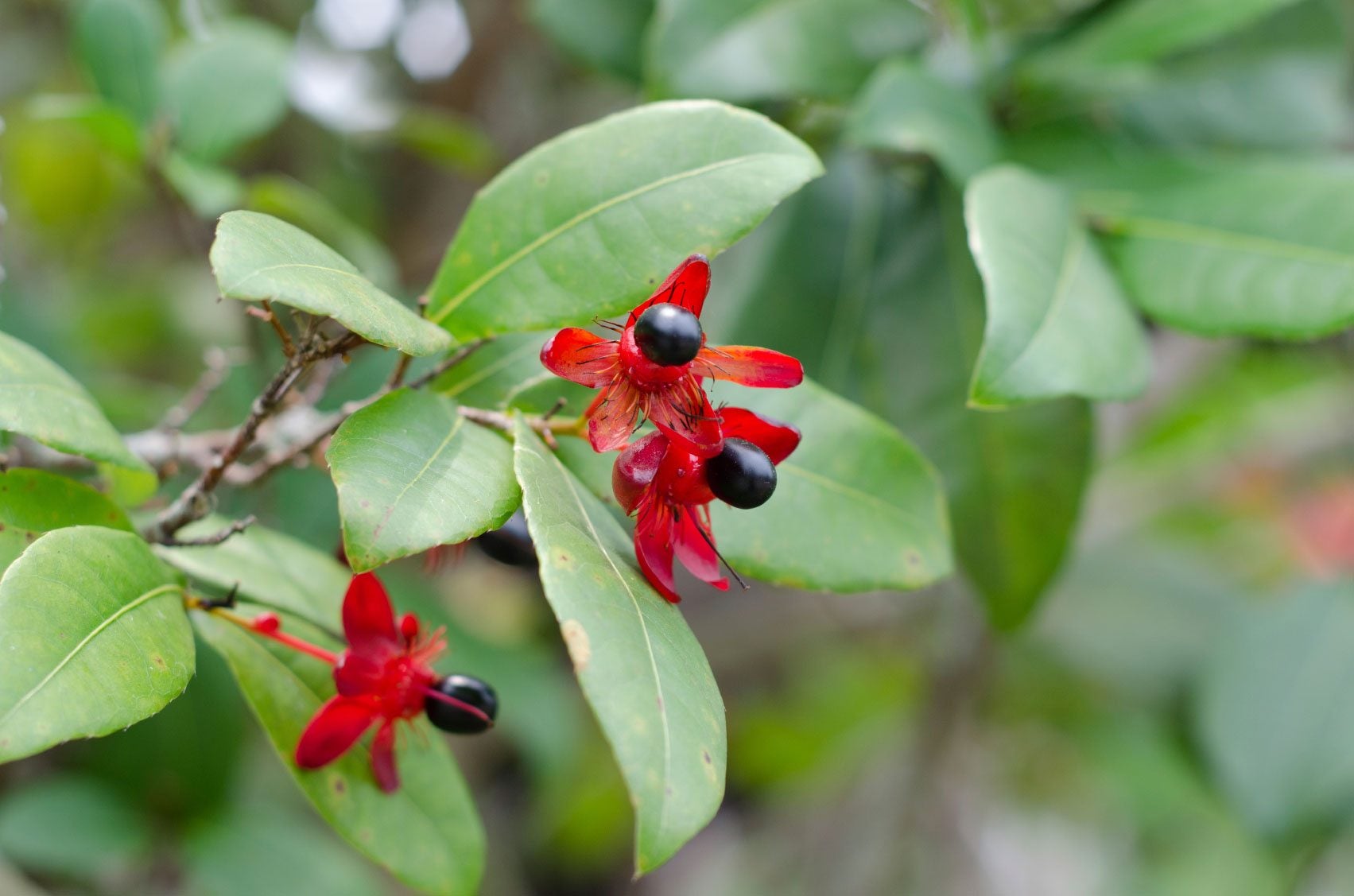Mickey Mouse Plant Propagation – Methods For Propagating Mickey Mouse Plants

Disneyland may be the happiest place on earth, but you can also bring some of that cheer into your garden by propagating Mickey Mouse plants. How do you propagate a Mickey Mouse bush? Mickey Mouse plant propagation can be accomplished by either cuttings or seeds. Read on to learn how to propagate from seeds or cuttings of Mickey Mouse plants.
About Mickey Mouse Plant Propagation
Mickey Mouse plant (Ochna serrulata), or carnival bush, is a semi-evergreen shrub to small tree that grows to about 4-8 feet (1-2.5 m.) in height and 3-4 feet (about a meter) across. Native to eastern South Africa, these plants are found in a variety of habitats, from forests to grasslands.
The glossy, slightly serrated green leaves are accented with fragrant, yellow blooms from spring to early summer. These give way to fleshy, green fruit that, once mature, become black and are said to resemble the cartoon character, thus its name.
The birds love eating the fruit and end up distributing the seed, so much so that the plant is considered invasive in some areas. You can also propagate the Mickey Mouse plant from seed or from cuttings.
How to Propagate a Mickey Mouse Bush
If you live in USDA zones 9-11, you can try propagating Mickey Mouse plants. If you decide to propagate from seed, use the freshest seeds available. The seeds do not keep at all, even if kept refrigerated.
Pick ripe black fruit, clean them, then sow immediately in the spring. The seeds should germinate in around six weeks if temperatures are at least 60 F. (16 C.).
Seeds can be difficult to come by as birds love the fruit. If you have little success obtaining fruit, the birds might just do the propagating for you. The other option is to take cuttings of Mickey Mouse for propagation.
Gardening tips, videos, info and more delivered right to your inbox!
Sign up for the Gardening Know How newsletter today and receive a free copy of our e-book "How to Grow Delicious Tomatoes".
If you decide to try propagating via cutting, dip the cutting in a rooting hormone to give them a jump start. A misting system will also give them a boost. Keep the cuttings moist. Roots should develop about 4-6 weeks after cutting.
Once roots appear, harden the plants off for a couple of weeks and then pot or transplant them to the garden in rich, well-draining soil.

Amy Grant has been gardening for 30 years and writing for 15. A professional chef and caterer, Amy's area of expertise is culinary gardening.
-
 Get Ready For A Summer Of Hummers! Grow These Full Sun Hummingbird Plants and Flowers
Get Ready For A Summer Of Hummers! Grow These Full Sun Hummingbird Plants and FlowersIf you’re lucky enough to enjoy a sunny backyard, make sure you are maxing out on your pollinator opportunities and grow these full sun hummingbird plants and flowers
By Tonya Barnett
-
 12 Lush Alternatives To A Lawn For Sustainable Spaces
12 Lush Alternatives To A Lawn For Sustainable SpacesAlternatives to a lawn are beautiful and also beneficial to your local ecosystem and its pollinators. Explore our top picks for plants to replace grass.
By Tonya Barnett
